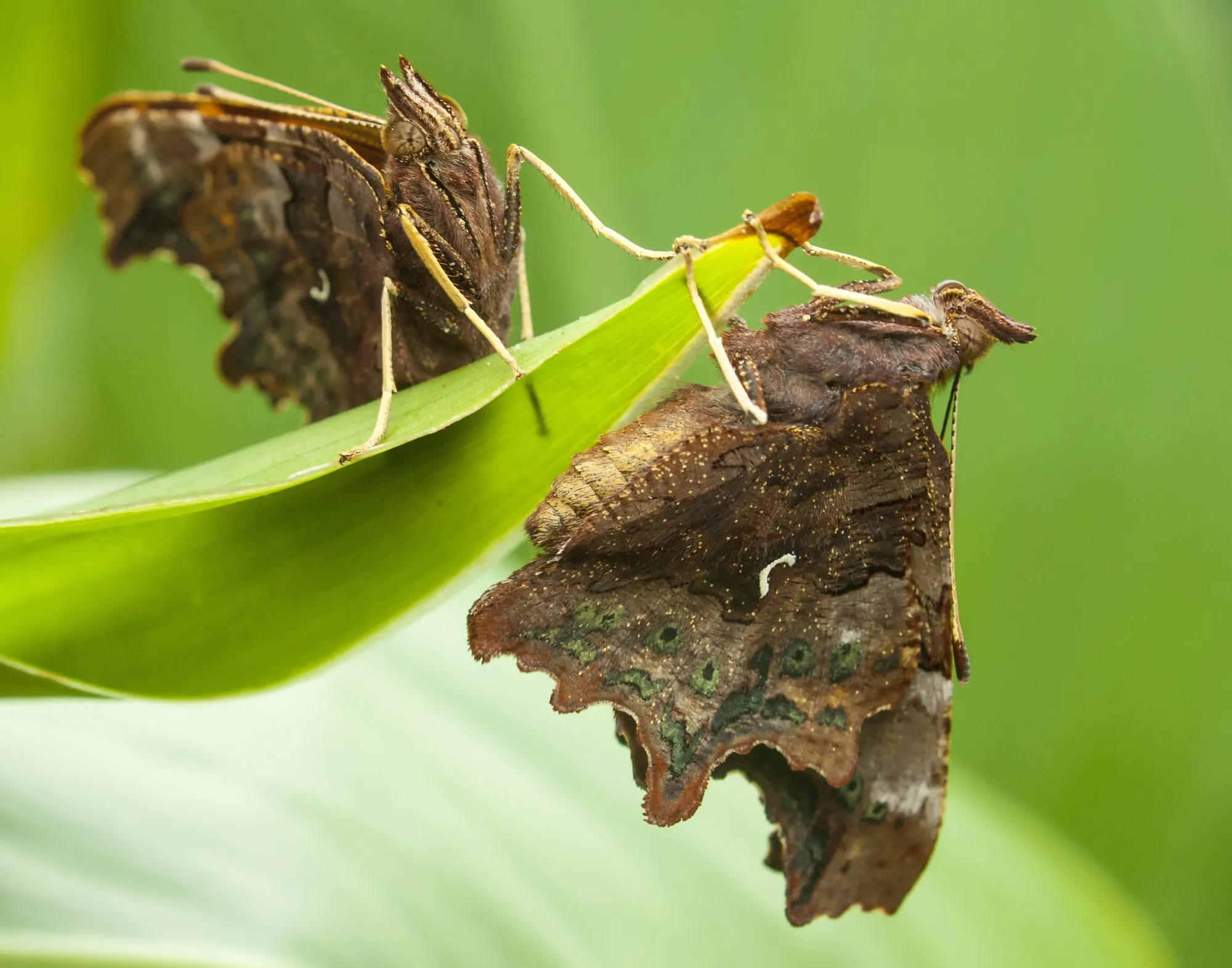Introduction
In the realm of entomology, the study of moths offers a window into evolutionary adaptation and species diversity. Among the myriad genera stands Ressia, first introduced by Sinev in 1988. Since then, the scientific community has continued to explore the genus, documenting species and their unique traits. This news article delves into the latest contribution to our understanding of Ressia, based on the publication in “Zootaxa”, presenting new species that unveil the intricacies of nature in the tapestry of Chinese fauna. Herein, we explore the review of Ressia species in China, highlight the discovery of four new species, and provide insights into the significance of these findings.
The Fascinating Journey of Ressia Discovery
Since its identification over three decades ago, Ressia has captivated the attention of lepidopterists — scientists who study moths and butterflies — for its distinctive characteristics. Native to various regions, including parts of Asia, this genus belongs to the family Cosmopterigidae. Cosmopterigid moths, typically small and intricately patterned, have drawn scrutiny for their specialized living strategies and roles within ecosystems.
A New Chapter Unfolds in China
In a groundbreaking study conducted by esteemed researchers from Nankai University and Kashi University in China, six species of the Ressia genus have been systematically reviewed. Zhang D.I. and Li Houhun, expert lepidopterists with extensive experience, have authored this latest tome that unearths new information about these elusive creatures.
The study, published on October 30, 2023, in the reputable scientific journal “Zootaxa”, delivers a comprehensive assessment of the genus. Fascinatingly, the researchers identified four new species: Ressia disparilis Li, sp. nov., Ressia forcipata Li, sp. nov., Ressia semilunata Li, sp. nov., and Ressia sinevi Li, sp. nov. These discoveries underscore China’s rich and complex biodiversity, offering exciting insights for both the scientific community and conservationists.
Documenting Diversity – The Methodology
The research team utilized a combination of morphological examination and genetic analysis to identify and describe the new species. By meticulously studying the genitalia structures of both male and female specimens — a critical task in moth taxonomy — and capturing high-quality images, they achieved a reliable classification. Furthermore, the clarity of the images provided in the publication allows for an unambiguous understanding of the newly described species.
Expanding the Ressia Family
With these new additions, the total number of Ressia species globally is brought to seven. The study includes a detailed key to all seven species, facilitating further research and identification work by fellow entomologists. The key is instrumental, not only for academics but also for environmental professionals who may encounter Ressia species in their fieldwork.
The Importance of Entomological Research
Discovering and documenting new species is not simply an academic exercise. It has profound implications for the conservation of biodiversity and the understanding of environmental health. Moths play significant roles as pollinators, prey for other animals, and indicators of ecological change. Research like this contributes to the broader effort of cataloging life on Earth, which is critical for informing conservation strategies and understanding how ecosystems operate and interact.
Looking Ahead: Implications for Conservation and Further Research
The discovery of new species of Ressia in China exemplifies the importance of continued biodiversity surveys and taxonomic research. These endeavors have become even more critical in the context of global environmental changes. As the planet faces growing challenges like habitat destruction and climate change, understanding the distribution and characteristics of species becomes vital for any conservation effort.
With each new finding, scientists like Zhang and Li demonstrate that even well-studied taxonomic groups can reveal surprising diversity. Moreover, the study of genera such as Ressia can shed light on the evolutionary processes that lead to species diversification and adaptation — information that is crucial for crafting effective conservation measures.
The Path Forward with Ressia Research
The work published in “Zootaxa” is not an endpoint but rather a catalyst for future investigations. There remains much to learn about the ecological roles of these newly described Ressia species, their distributions, and how they interact within their habitats. Furthermore, the potential for discovering additional species remains high, not just in China but across the global range of the genus.
Conclusion
The study, generously supported by grants and conducted by an esteemed team, has unlocked a new chapter in the story of Ressia, further illuminating the hidden world of moths and their myriad forms. The scientific article, with its DOI: 10.11646/zootaxa.5360.4.7, has provided valuable additions to the mosaic of biodiversity. As researchers continue their tireless work, we look forward to more revelations and a deeper understanding of the intricate web of life that moths represent.
References
1. Sinev, S. Y. (1988). [Genus and species references in discovery and establishment]
2. Zhang, D. I., & Li, H. (2023). Review of the genus Ressia Sinev, 1988 (Lepidoptera: Cosmopterigidae), with descriptions of four new species from China. Zootaxa, 5360(4), 583–592. https://doi.org/10.11646/zootaxa.5360.4.7
3. [Additional key references within the taxonomic field about the genus Ressia]
4. [Further references providing background on the family Cosmopterigidae and the ecological roles of its members]
5. [References detailing the importance of taxonomic research in conservation efforts]
Keywords
1. Ressia genus
2. New moth species
3. Cosmopterigidae
4. Moth taxonomy
5. Biodiversity in China
